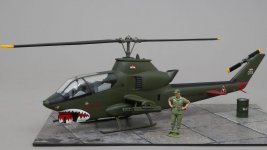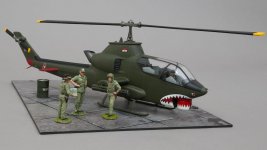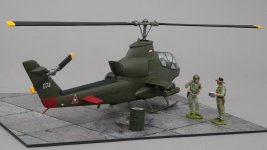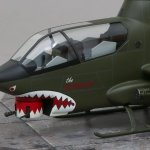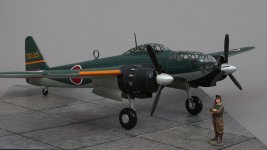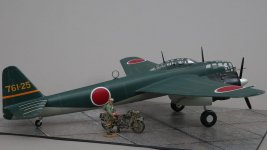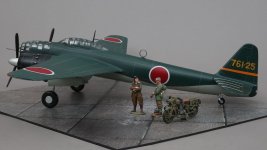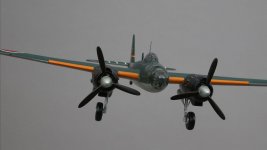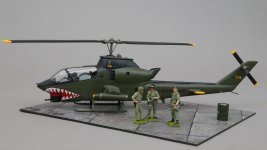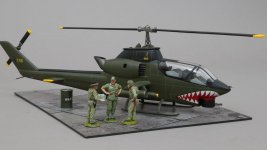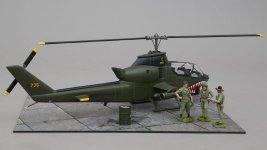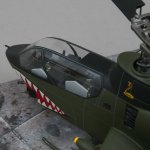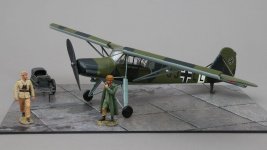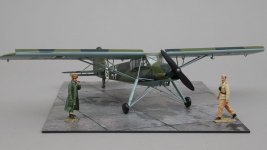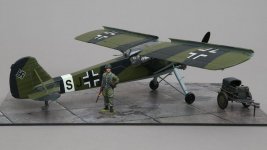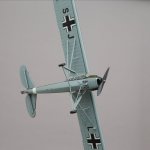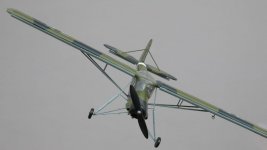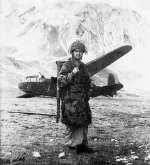Gunn Miniatures
Command Sergeant Major
- Joined
- Jun 18, 2009
- Messages
- 2,728
WOW489 & 490 Israeli Cobras
The Israelis operate a number of Cobras and the chopper has been proving its excellence in almost routine combat action in Lebanon, since the Peace for the Galilee campaign, and is especially lethal in the anti-tank role.
We have made two Israeli Cobras for fans of this genre. WOW489 comes with serial number 520 on the sides and WOW490 comes with serial number 514 on the sides.
The K&C figures and TG accessories are shown for scale comparison purposes only and are not included.
Limited to one of each version worldwide and priced at $1200 plus postage.
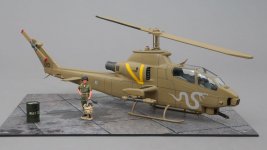
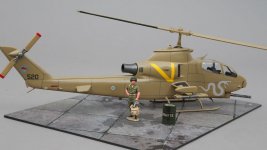
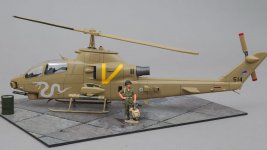
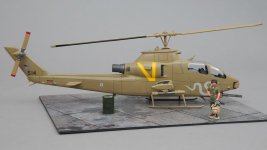
That's all for this month, we sincerely hope you enjoy the pictures and would love to hear from you if any of these magnificent models appeal to you. They are all now on our website and can be paid for upfront or over an extended monthly period.
All Gunn Club members qualify for a 5% discount on the website listed price, joining is free so well worth registering.
Best wishes The Gunn Team
The Israelis operate a number of Cobras and the chopper has been proving its excellence in almost routine combat action in Lebanon, since the Peace for the Galilee campaign, and is especially lethal in the anti-tank role.
We have made two Israeli Cobras for fans of this genre. WOW489 comes with serial number 520 on the sides and WOW490 comes with serial number 514 on the sides.
The K&C figures and TG accessories are shown for scale comparison purposes only and are not included.
Limited to one of each version worldwide and priced at $1200 plus postage.




That's all for this month, we sincerely hope you enjoy the pictures and would love to hear from you if any of these magnificent models appeal to you. They are all now on our website and can be paid for upfront or over an extended monthly period.
All Gunn Club members qualify for a 5% discount on the website listed price, joining is free so well worth registering.
Best wishes The Gunn Team


